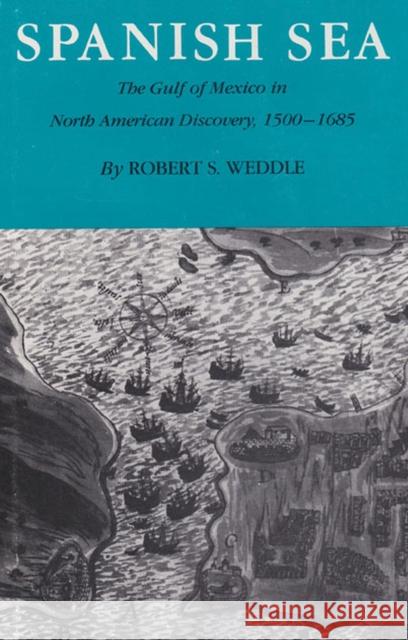Spanish Sea: The Gulf of Mexico in North America Discovery 1500-1685 » książka
Spanish Sea: The Gulf of Mexico in North America Discovery 1500-1685
ISBN-13: 9781585440665 / Angielski / Miękka / 1985 / 484 str.
Almost five hundred years ago an obscure Spanish sailor aboard the "Pinta"""spotted the outlines of an unknown land rising above the western horizon. From that moment Spain embarked upon an age of discovery, exploration, and conquest of the New World virtually unchallenged until the coming of the French in 1685. Not until sixteen years after the discovery of the fringe islands of North America did an explorer find the crucial passage into the Gulf of Mexico, or Spanish Sea, which then served as a vital conduit to the discovery of North America and was the theater for the earliest and most determined efforts to conquer the natives and explore and settle the continent's interior.
Despite this dramatic role, the Gulf has been grossly neglected--and misunderstood--by historians. In "Spanish""""Sea" Robert S. Weddle challenges long-standing assumptions based on generalities or misinterpretation of medieval maps and navigational data. He disputes, for example, the claim that Alvarez de Pineda sailed up either the Rio Grande or the Mississippi River, and he denies the identification of the Rio Grande with the Rio de las Palmas of colonial times. He offers new conclusions on the Florida Landing places of Juan Ponce de Leon and Hernando de Soto and on the transcontinental route of Cabeza de Vaca. He suggests new motivations for some of the early explorers, such as Francisco de Garay, who may have been driven by debts to the venal Genoese merchant-bankers in Spain. Weddle further offers new perspectives on the contest between Cortes and his rivals; Tristan de Luna's attempt to raise a Florida colony from the ashes of Soto's; the continuing effort by virtually all of the explorers to link Florida with Mexico; and the multinational pirate host of the late seventeenth century.
Weddle's findings, interpretations, and insights into the interrelatedness of events grow out of three years' research, supported by the National Endowment for the Humanities, in major archives of the Gulf states and in six major archives of Spain. The highly readable result is the first comprehensive treatment of discovery and exploration around the Gulf and an invitation to a more focused, less episodic approach to the study of North American discovery











